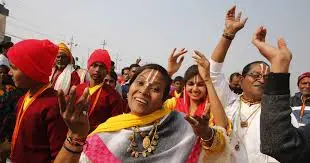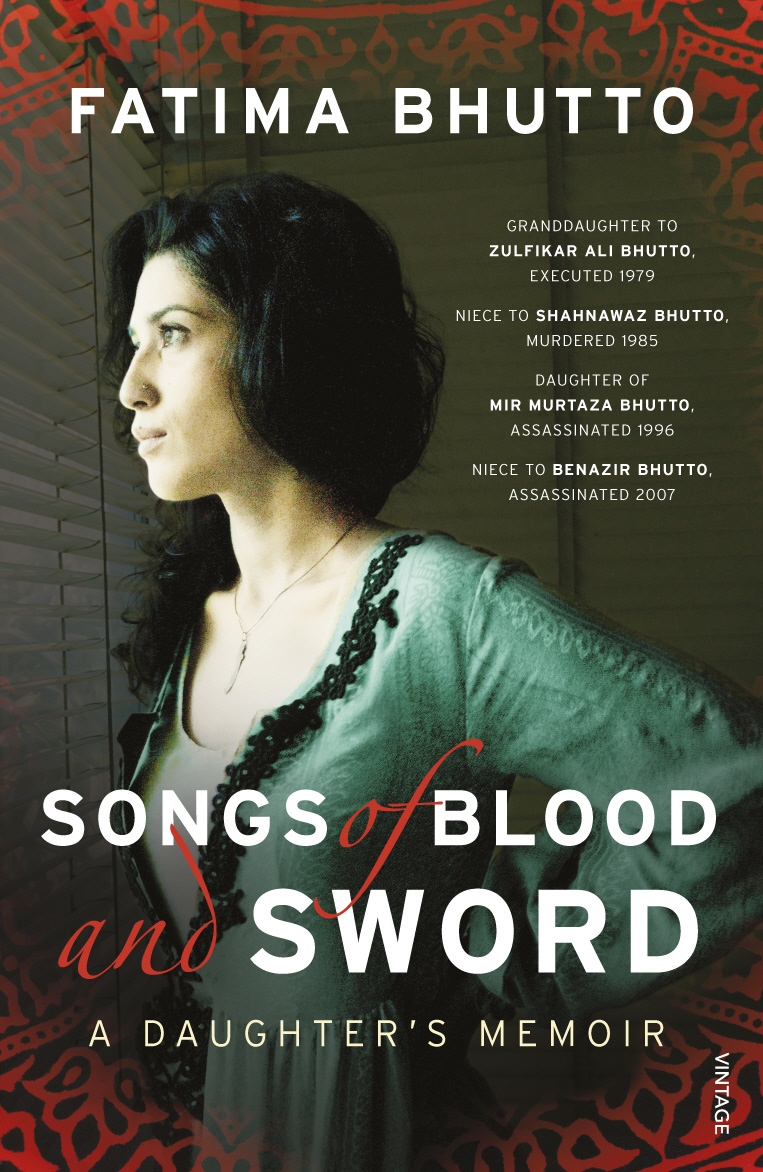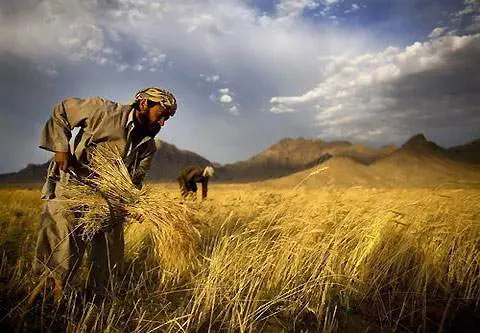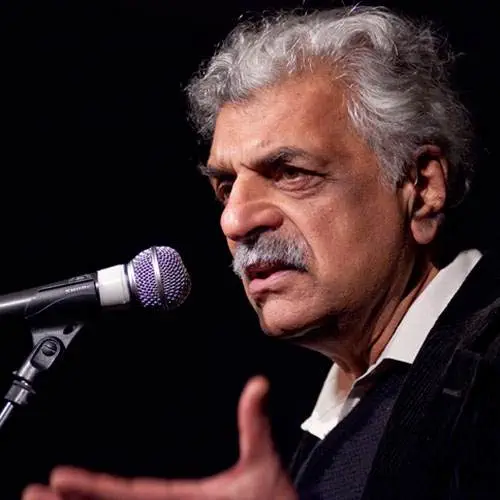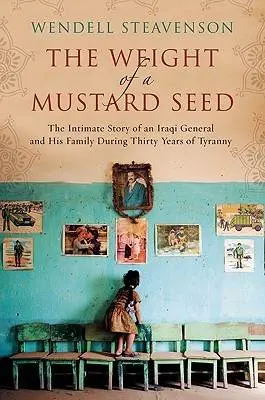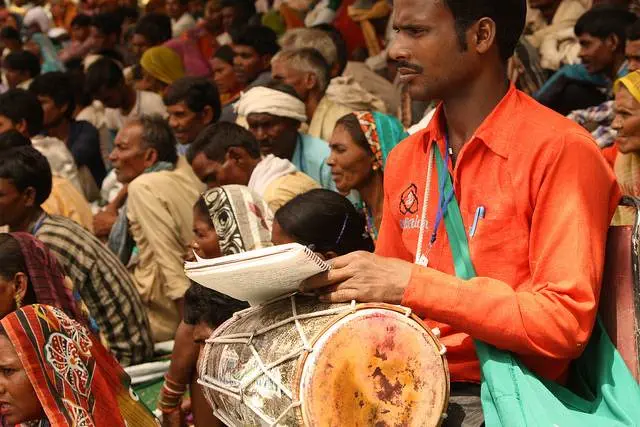 This is the title of a book written by Kancha Illaiah[i].
This is the title of a book written by Kancha Illaiah[i].
I stumbled upon the book searching for Shashi Tharoor’s book titled ‘Why I am a Hindu’, which I wanted to read out of curiosity and not self-affirmation. Illaiah’s book focusses on Dalitbahujans who form a quarter of India’s population and for the just the same reasons and more[ii], I read this book.
Illaiah’s book could appear to be provocative at a time when Hindutva politics is on the rise. It questions an assumption that everyone is a Hindu if they are not from the minority religions. It must be noted that the Dalit population is more than 200 million.[iii]
Since the advent of Hindutva around 1990, suddenly his community got counted into the Hindu fold. This became a contradiction as Illaiah argues that they are socially and religiously quite different from Hindus.
Hindu and Dalitbahujan concepts
Dalitbahujan is a concept that is used in the book to mean ‘people and castes who form the exploited and suppressed majority’. This specifically refers to Schedule Castes (SC) and Other Backward Communities (OBC) and excludes Schedule Tribes (ST) which is not considered a caste. In this are shepherds, cowherds, farmers, cobblers, weavers, toddy tappers etc., who are into productive work and have never followed a Hindu way of life.
The Hindu way of life, or Hindutva revolves around the upper castes i.e.: Brahmin-Kshatriya-Bania[iv].
Differences in cultures
The basic differences between the two were ‘the purpose of life’.
For a Dalitbahujan labour was a means of livelihood and every member of the family was part of the workforce. Their language is unique to their work. Their Gods are female without a spouse and specific to their daily life and represented water, fertility and diseases like smallpox. They have their own language and speak to God in it. Women have equal status as men as they too are part of the labour force. Thus, Dalitbahujan women answer back their men and have an equal say in matters at home and community. Cooking is not a religious ritual, but a chore, fulfilling the need to ‘eat to live’. The home itself isn’t considered a private place but kept open to the community. Eating beef, drinking and smoking did not exclude women. Many communities within the fold are matriarchal by nature. Women and men are free to marry or divorce, both are equally celebrated as much as birth and death. Widows too could remarry. The reason is that women, children and men are equal parts of a workforce. Property and material wealth have little place within the community. A sharing culture rather than individualism.
Hindu culture is quite the opposite. He states that the Brahmin-Kshatriya- Bania culture is a consumer culture that follows a divine right principle, where they need an interlocutor to communicate with God in a language no one understands. The focus of community was on food and leisure, where no hard labour is expected. The women are subservient to males in a patriarchal society. Food is more to satisfy a ‘live to eat’ culture. They control the market and labour through discrimination and oppression. Their sole aim is to gain material wealth and power that can meet their ends.
Assimilation of the Dalitbahujan
An assimilation process has taken place over centuries through consent and oppression. The consent process has created a neo-Kshatriya class where Dalitbahujan have started emulating the Hindu community. The oppression created a lack of understanding of the Dalitbahujan culture. Hindu dominated education was oriented towards assimilation of the Dalitbahujan. Oppression created servility in the lower castes where respect to the upper castes was expected as a norm, a divine right by birth.
Illaiah argues that they had a scientific basis of knowledge that came out of tending to agriculture and care of farm animals. Whereas the current education was focussed on creating a class that incorporated English and the language of the Hindus. A process of Sanskritization took place which was quite irrelevant to the times and thus failed.
Blindness to rationality
He states that no one is willing to critique Hindu culture. Even when they critiqued it, they perceived it only as caste culture without realising that the opposite of Hindu culture is Dalitbahujan culture. He observes that no amount of scientific education and Western exposure changed Hindus into rational beings.
As of today, the Non-Resident Indians (NRIs) belong mostly to the ‘upper’ castes. The post-capitalist markets into which these NRIs are integrated did not de-caste them. This is very clear from their pro-Hindutva proclamations from abroad. These are the forces that financed Hindutva with dollars. The categorical shift of the Delhi ‘intelligentsia’ towards Hindutva, as against the Uttar Pradesh illiterate Dalitbahujan masses who preferred the Bahujan Samaj party and the Samajwadi party shows the direction of the future.
Modern science has not made any impact on them. One reason for this is they have never lived amidst the production fields. They have never undergone the life experience that an average working Indian labour has undergone. Therefore, they do not understand the meaning or value of knowledge that emerges from work. This is one of the reasons why they continued to argue even as late as 1990 (at the time of the Mandal[v] movement), that youth who come from the Dalitbahujan castes are less meritorious and therefore do not deserve teaching jobs in universities.”
By distancing themselves from the labour class, averagely Hindu teachers have little understanding that knowledge is rooted in productivity which gives rise to creativity. This makes them irrational. On the other hand, an average Dalitbahujan teacher is rational as there is no belief in the principle of merit. It is work that produces merit. That is why it is almost impossible to convince an ‘upper’ caste mind that Dalitbahujan productive knowledge is much more valuable than Brahmanical textual knowledge.
(Historically most innovations came from the working class or those who were engaged in productive work. Innovations from theoretical knowledge eventually needs implementation through labour. The reality is the education system in India has produced more white collared workers than those who can apply to fields of agriculture, market economics and industry from the bottom up).
Violent Hindu culture
Hindu culture has evidence of being one of violence. Buddhism and Jainism came up to redefine the culture but found no favour. His explanation of the Ramayana and Mahabharata are objective. They are about war and killing of relatives. All Hindu Gods carry weapons, either an astra, chakra or trishool. The Bhagwat Gita speaks of justifying the means to the outcomes, where killing is a means to an end.
Dalitbahujan Gods are derived from women who are martyred for the good of everyone, like Christ. They are represented by mere stones, with very small temples occupying a few square feet. Dalitbahujan culture finds commonality with Muslim and Christian culture that is involved in labour and share common eating habits.
Suppression of women is adequately evidenced in historical practices of sati, treatment of widows, the absence of a process for divorce, the prevention of women participating in men’s occupations and absence at funerals and in death. There also is no female priest. Brahma, Vishnu and Shiva all have wives. He describes the origins and purposes of this imagery in the subjugation of women and the working class.
Mythology and myths
Krishna was a Kshatriya who had Kshatriya wives, was brought up in a Yadava[vi] family and has been depicted playing around with the Yadava gopis (women). The purpose being assimilation by consent of a class. Shiva represented the Tribal and thus was considered more liberal of the three deities, in colour and attire. His interpretations of Ramayana and Mahabharata are worth a read and will greatly help to understand caste and religion are not necessarily parts of the same.
“The kingdoms of Tataki, Shambuka, Vali and Ravana were all Dalitbahujan Some Brahmins claim that Ravana was also a Brahmin. This is nonsense. Ravana was a powerful Dravida Dalitbahujan ruler. He was also a militant Shaivite. Ravana tried to separate Shaivism from Brahminism and to create an autonomous space for Dalitbahujan Shaivism, which is what Basava finally managed to some extent. He established a powerful kingdom with its capital in Sri Lanka so that he could withstand Brahmanical aggression.”
Illaiah argues that the Indian independence movement was based on Hinduism. Mahatma Gandhi presented an image of a Dalitbahujan in form and austerity but was reinforcing the Hindu oppression. The British also used this oppression when they gave preference to the Brahmin-Kshatriya-Bania culture in the armed forces and administrative services.
Current awareness
While these are two different cultures, ironically the Brahmin-Kshatriya-Bania segment of society is moving towards the Dalitbahujan one with greater freedom to women and participation in white-collar work, accepting divorce and remarriage, but not forsaking ritualism, materialism and Sanskritization. They have also entered the production sectors, but mainly as managers and entrepreneurs. The same can be said of the growth of communism ideology in India. It was started by the Hindu intelligentsia but never really encompassed the Dalitbahujans. Thus, making it a statistical communism.
Awareness of cast and religion in the country have improved (quite unintendedly), because of the rise of Hindutva ideology in recent times. There is now an awareness of the Basvava[vii] movement and the Lingayat, to understand caste-based politics.
When talking of progress there is always a comparison with China and advanced democracies, without realising that Labour movements, free-market economics, uplifting the labour and making religion redundant helped them reach an advanced level.
Dalitbahujan have become part of vote bank politics, but the key areas of neglect stem from poverty, lack of social justice, human dignity and social democracy. News of Dalit atrocities is a regular feature in the newspapers leading to a certain blindness to their plight. Poverty is a common factor across all religions and castes and the caste system has permeated all religions making the poor lower castes at the receiving end of atrocities.
Illaiah suggests that a dalitization of India and not the opposite of it will make it progressive and comparable to advanced economies and democracies.
_________________________________________________________________
[i] Kancha Ilaiah is an Indian political theorist, writer and activist for Dalit rights. He is a prolific writer in both English and Telugu. While this book is based on rural life in Andhra Pradesh and Telangana, there is similarity in several South Indian states. Demographic mix in the other States vary with the way caste is distributed by village, Hobli (collection of villages), Tehsil or Taluk and District. As an example, villages in India may consist entirely of one caste with a minority of others making it a composite village or entire village of a single caste, though homogenous villages may or may not be the exception there are some states where caste does not matter.
[ii] After having studied in several Roman Catholic and a Military School across the country, I finished my education in a district town of Karnataka. During that period, quite a few of my school holidays were spent in a village living with my relatives. A Brahmin household that had workers drawn from other castes. A societal privilege however did not blind us from knowing others. From that point of view, I found familiarity with Illaiah’s book. It may be hard to connect with this if one lived in metropolitan cities where caste lines become blurred.
[iii] https://idsn.org/india-official-dalit-population-exceeds-200-million/ Figures from the 2011 census confirm that there are more than 200 million Scheduled Castes (the official term for Hindu, Sikh and Buddhist Dalits) in India. The total number of Dalits is probably much higher as Muslim and Christian Dalits are not included in these figures.
[iv] Castes of Priest-Soldier-Business communities.
[v] https://en.wikipedia.org/wiki/Mandal_Commission
[vi] Uttar Pradesh has the largest concentration of the Yadava community, which is a shepherd community.
[vii] https://en.wikipedia.org/wiki/Basava

